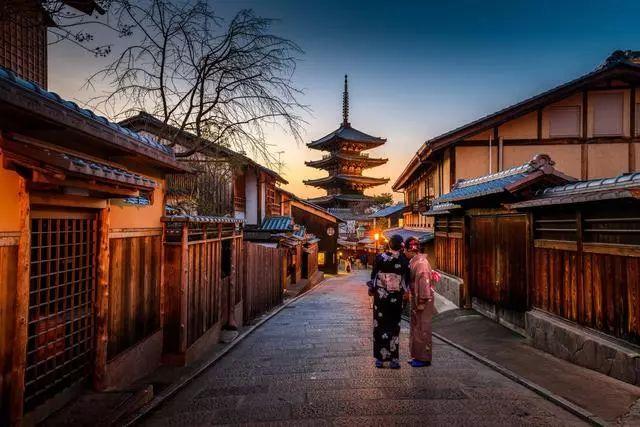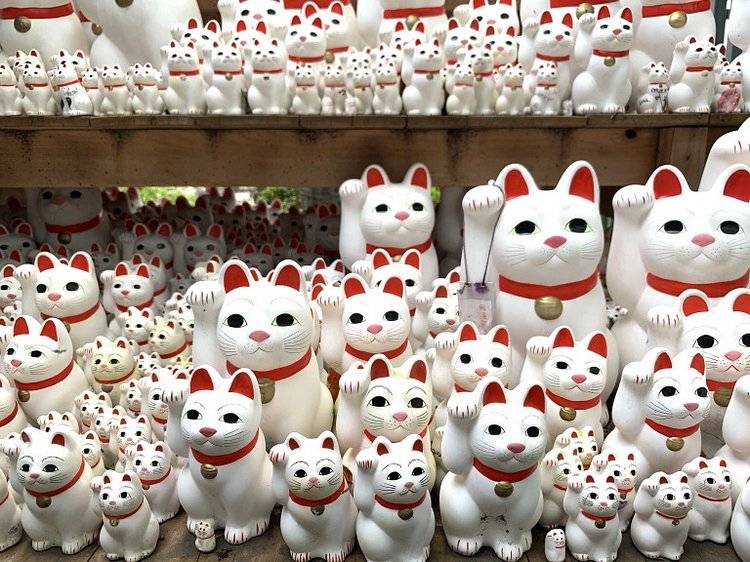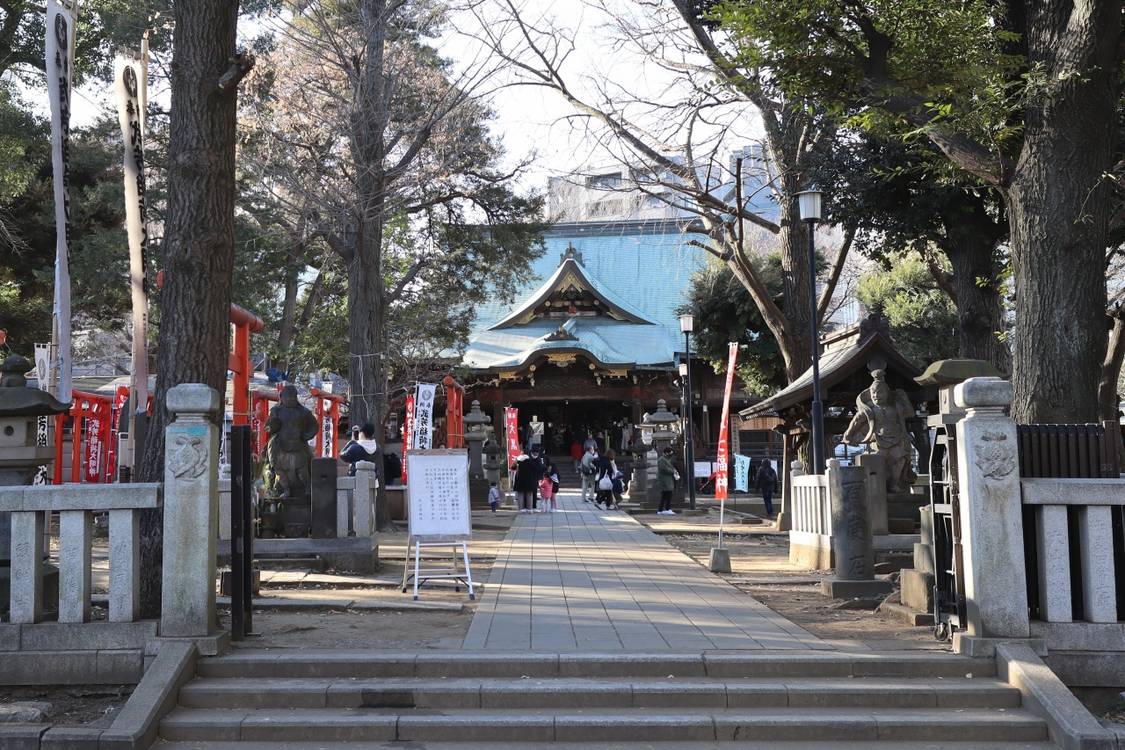Gotokuji Temple
Gotokuji Temple is located in Setagaya, Tokyo. It is a temple with a rich history and cultural heritage, and is also known as the birthplace of the famous 'Maneki-neko' (beckoning cat). Gotokuji Temple was built in 1480 and originally belonged to the Rinzai sect, but later converted to the Soto sect in 1584. The temple is large and serene, and every spring, the area around the temple is filled with blooming cherry blossoms, creating a breathtaking scene. Additionally, the ruins of Setagaya Castle are located nearby, further enhancing the historical and cultural atmosphere of the area.
Jinbocho Old Bookstore Street
Located around the Jinbocho intersection in Chiyoda Ward, Tokyo, there is a vast area where a large number of bookstores are gathered, most of which are second-hand bookstores. This is the largest second-hand bookstore street in the world, filled with old buildings and signboards, and the sidewalks are also lined with book stalls. Although the space inside the bookstores is small and the decoration is simple, they often display a variety of different books, which are very popular among book lovers. The well-known 'Neishan Bookstore' to Chinese people is also located here, selling books related to China.
21_21 Design Sight
This museum was designed by Tadao Ando, inspired by Issey Miyake's 'one piece of cloth' design concept. This is one of the reasons it has become a 'pilgrimage site' for Tadao Ando fans. The museum's exterior is understated yet stylish, with a striking inverted triangle roof made of two large steel plates. Although 70% of the building's overall space is hidden underground, large floor-to-ceiling windows bring in ample natural light, making the two underground exhibition halls very bright and giving a comfortable feeling.
Ryogoku Kokugikan
The Ryogoku area is a historic site with Edo-period charm and is also a famous sumo gathering spot. On the streets and in the station, you can see sumo wrestlers wearing yukata. There are six major sumo tournaments each year, three of which (in January, May, and September) are held at the Ryogoku Kokugikan. Additionally, the first floor of the Kokugikan houses a Sumo Museum, which displays ukiyo-e prints, banzuke (sumo wrestler ranking lists), embroidered aprons, and other sumo-related materials. Besides watching the matches, visitors are encouraged to visit the Sumo Museum.
Nezu Shrine
With a history spanning over 1900 years, Nezu Shrine is imbued with an atmosphere of historical depth. Its red gate and main hall exude a beauty of history and tranquility. Inside and outside the shrine, azaleas are in full bloom, and the collision of different colors brings vitality and vibrancy to this sacred place. Every May, the bright red and pink azaleas bloom, adding an indescribable beauty to Nezu Shrine.
Kishimojin
This shrine is located near the Kishimojinmae Station on the Arakawa Line. It is small in scale but rich in tranquility. The interior of the shrine is simple and elegant, without excessive decorations, vividly conveying the solemn and quiet atmosphere of Japanese shrines. In front of the gate, there is a century-old candy store 'Kamikawaguchiya', where you can taste local delicacies, offering a unique cultural experience.















